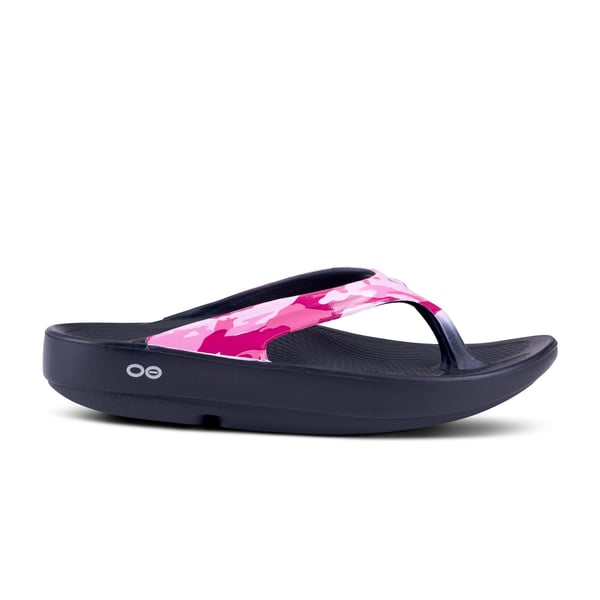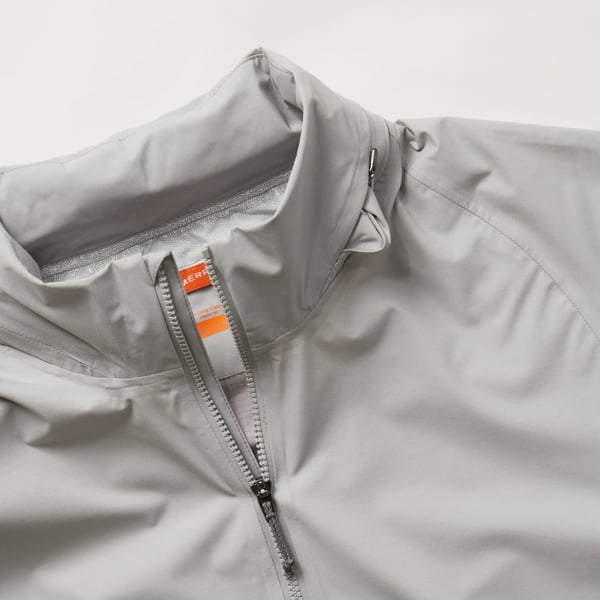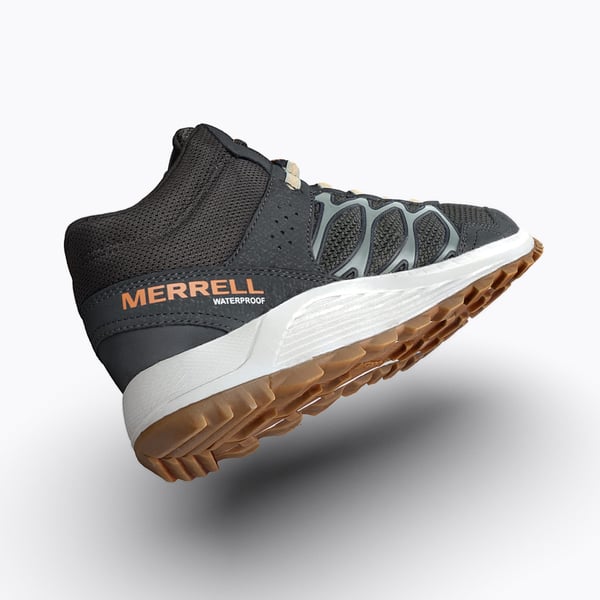7 Signs Your Footwear Brand Has Outgrown Your Current B2B System
Engaging your retailers with effective photography helps drive sell-in and a strong season. While it’s important that every product is represented within your B2B platform, if the photos aren’t consistent with your overall visual identity, they can be doing your brand a disservice.
The photography team at Envoy B2B Studios has over a decade of experience working with brands to maximize their creative presence, and deliver high quality assets in a timely manner.
Our experts detail how you can ensure your brand is producing the best possible photography assets for your B2B platform.
A cohesive look
It’s likely your line looks different from product to product. And while it might be tempting to split them out into various categories or even individual products then build a look for each, we’re here to tell you not to fall into that trap. We recommend a consistent, cohesive look that can be applied across your entire line.
To begin, you’ll need to establish a general lighting scheme across the entire line. Next, you’ll choose a background (hint: it’s probably items on white), and develop a color palette.
Finally, you’ll want to develop a standard prep method for all of your products.
These steps will ensure a consistent look for your entire line, and will make the process highly efficient by avoiding any unnecessary variance in prep and lighting.
The hero image
This is the primary image for your product. It’s the image that draws the retailer in and gets them excited and eager to put that product on their shelves. It’s important to get this one right.

An Oofos hero shot
For shoes this should be a lateral, or slightly angled image. An angled shot gives depth to the image and creates an energetic presence in the frame. For other items, find an angle that might highlight any logo placement or key product element. Sometimes a basic straight shot is the best route to take.
Remember, this is a catalog product shot, not a lifestyle image. Keep it simple, and make sure it’s clear, crisp and maximizes how the product is represented.
Keep camera angles consistent
Sometimes you’ll have a new product or hot colorway you want to show off. When it comes to catalog shots, this is not the time to make changes. Resist the temptation to shift angles in a spin or change them entirely across all your products. There are several reasons why it’s better to remain consistent.
First, you have to shoot a lot of products in a short amount of time. Your first priority is getting everything shot, processed, and in your B2B. Building in camera angle changes will slow that process down considerably, and you run the risk of not hitting deadlines.
Secondly, you want to build a consistent experience for the viewer. If your product jumps angles inconsistently while your retailers are shopping, this can create a confusing experience. Keeping those angles the same makes the buying process smoother for retailers, because it’s easier for them to visualize and compare products as they build orders.
Highlight the details
Tech callouts are a great way to engage and excite your retailers. And truthfully, a lot of brands miss out on this opportunity. Your product has something that makes it uniquely yours and it deserves a spot on the shelf.

A detail shot showing the features of a Merrell jacket.
Highlight these features by taking a few detailed images of the technology, or a unique aspect of your product. This adds a richness to your product line and allows you to quickly educate buyers, engaging them with your brand and driving sales.
Take these shots per SKU, not per style. That way you can maintain the speed of delivery on your photo assets and you won’t sacrifice efficiency during production.
The future is 3D
This is a newer development in product photography which we’ve found to be incredibly helpful. Many of our clients are successfully utilizing 3D imagery and it’s being well-received by retailers.

A 3D model of a Merrell shoe.
3D models have become a powerful tool over the last few years. It’s as close to getting an actual product “in the hands” of your product development team and your retailers. Additionally, 3D models allow your team to quickly adjust angles and lighting then output new images as needed. You can find more examples of our 3D models by visiting our portfolio here.
Keep it simple
From detail shots to lifestyle imagery to hero shots to on-body – all these shots are essential, but don’t go too far. The more overproduced shots become, the more problems that arise.
Immediately, your efficiency goes way down. With such a short window to get images into your B2B, you run the very real risk of missing deadlines. And, your buyers won’t purchase products they can’t see.
You’ll also clutter up the experience for your retailers. Excessive amounts of lifestyle images, detail shots, or other photos can make it difficult for a buyer to get a clear feel for the product. This makes it harder to gather information or merchandise an order.
For other shots, such as on-body, you’ll want to save those for your direct-to-consumer site. A few of those can be useful for certain products at the SKU level to help retailers merchandise, but, for the most part, they’re unnecessary inside of your B2B platform.
Learn more
We hope our expert tips provide inspiration to take your photography to the next level. Get in touch with us here to learn more about how Envoy B2B Studios can help you improve your photography and excite your retailers for the upcoming season.




